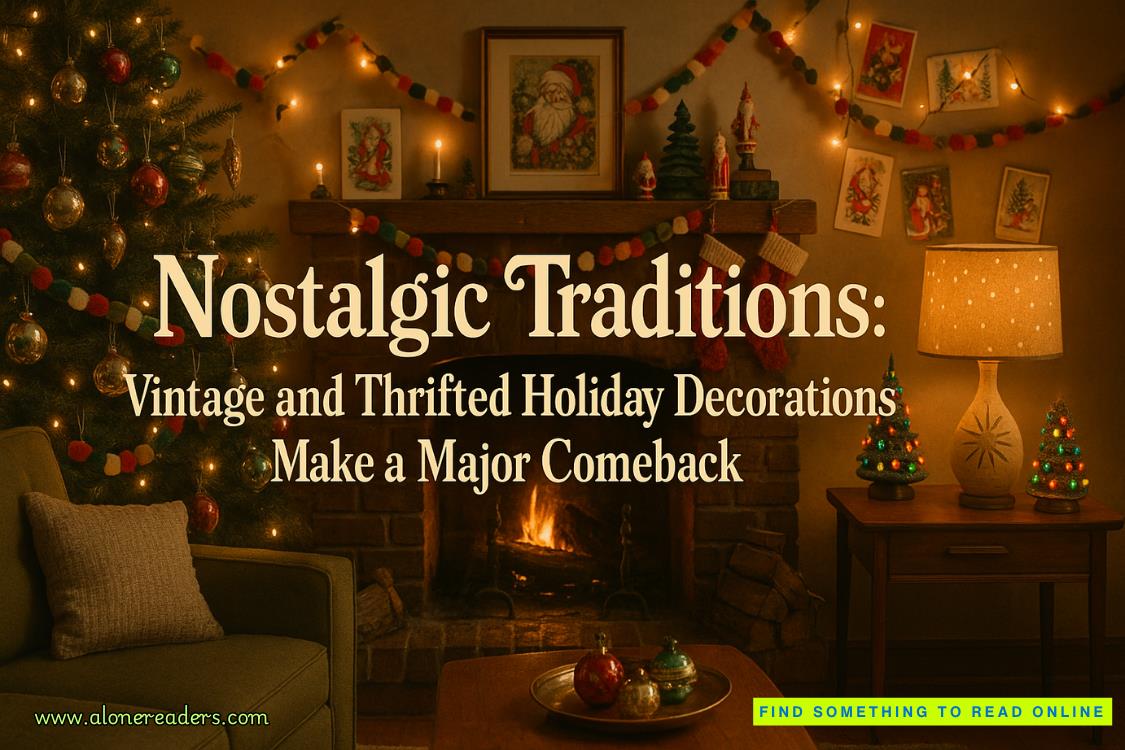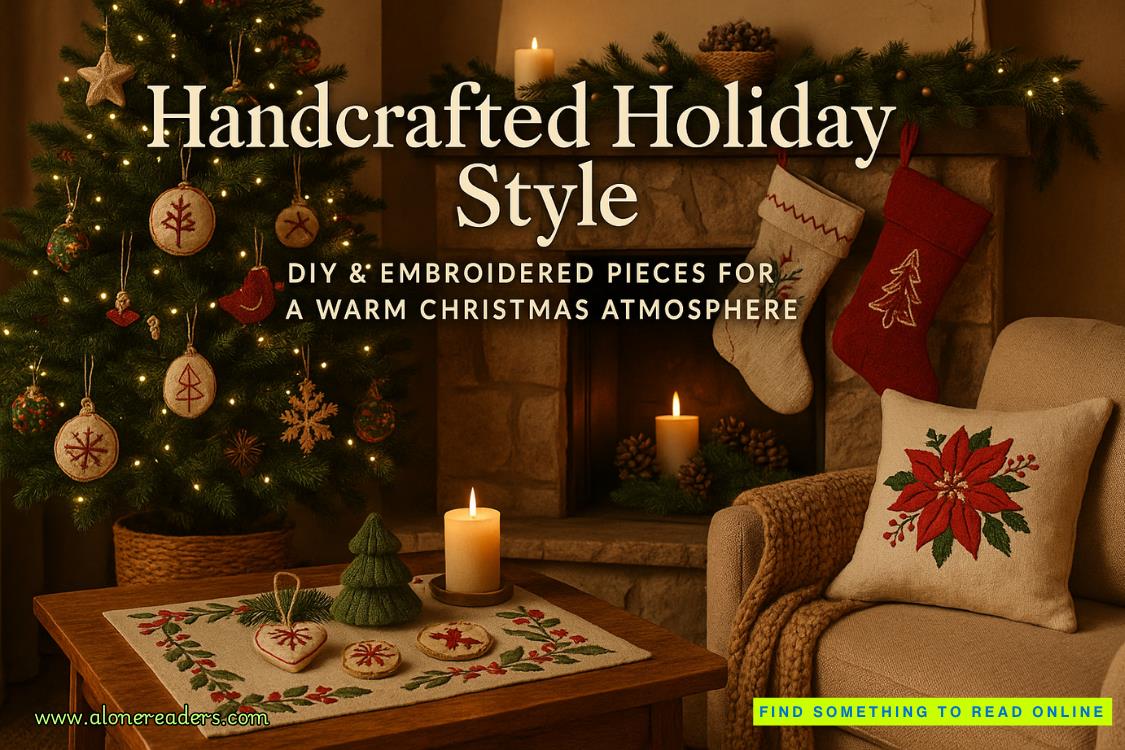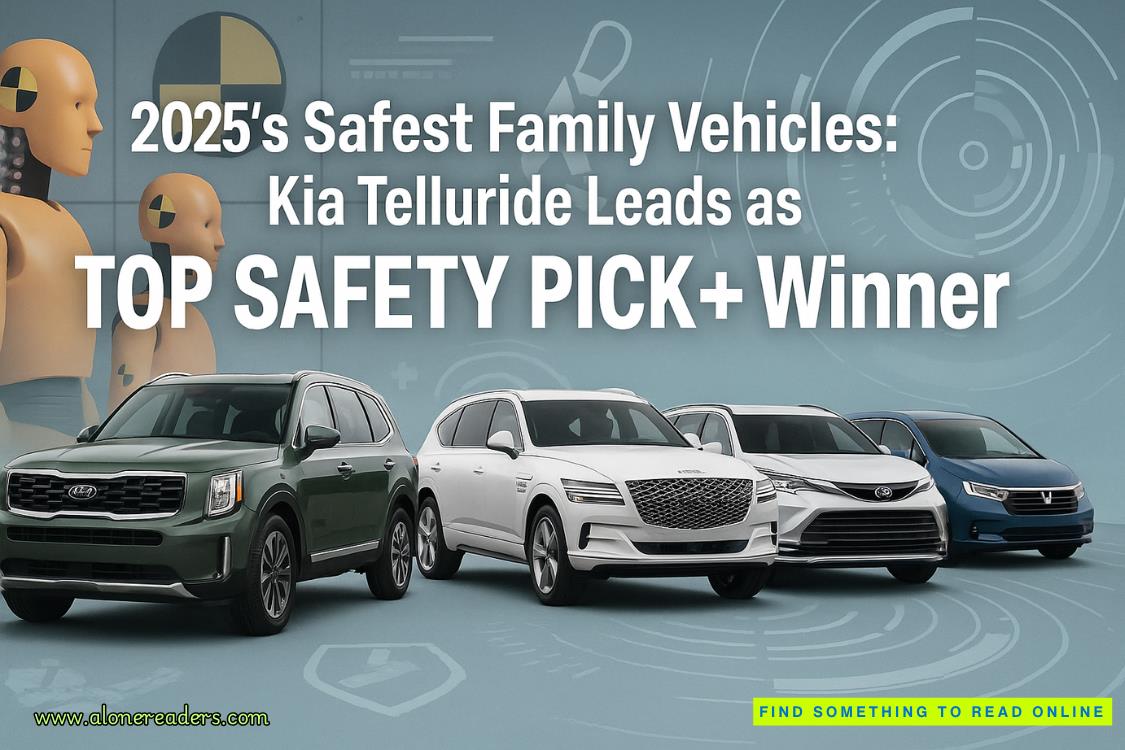Page 89 of Sweet Animosity
Win, well, sort of win.
After pouring myself a glass of wine, I surveyed my apartment. The living room furniture was still damp from the fire sprinklers, and I still needed to replace the scorched coffee table, but that could all wait until later.
I put on some music and headed into my art studio.
I stood there for several minutes staring at the poplar plank I had prepared for yet another forged Mona Lisa.
With resolve, I plucked it off the easel and set it aside. Then I selected a fresh canvas from a stack I had leaned against a far wall and placed it on the easel.
I took a seat before the blank white canvas.
A shudder ran up my spine.
The terror of a blank white canvas.
So full of possibility.
So full of nothingness.
So white.
So blank.
It had been so long since I’d painted something of my own.
Even with the extra work to mix the historic colors and the skill involved, forgeries were easier.
There was a vulnerability to creating something of my own. It was impossible for an artist to distance themselves from their art, no matter the medium.
It was that human element, that pathos, that separated us from the robots.
An artist had heartbreak, triumphs, memories, a past.
While a graphic artist program could recreate a technically perfect sunset on canvas, there would always be something missing.
The emotional memory.
The paints would not hold within their pigment the sorrow or joy from the moment. They would not show the very primal and raw connection to our ancestors.
For who could look at the skies and not wonder how the very same stars, the same sun, the same moon shone down on our ancestors going back thousands of years?
The awe and majesty that simple thought inspired.
That I could stare at the same brilliant orange, deep purples, and subtle blues that a woman who lived hundreds of years before me had. Just because I would call it natural science and she would call it religion, didn’t take away from the beauty of the sight or the human connection we now shared.
The image would not show that hint of pink that perhaps scientifically shouldn’t be there, but existed in my memory. Because I remembered it that way. It was real; it was a living thing; it was art.
It was why even something as simple and innocuous as painting a sunset could still hold the power for a stranger to see inside of me.
To judge me. To judge that moment. To judge my memory. To judge my connection.
But not only to judge, to tear down, to destroy.
While it was true that throughout human history, all forms of beauty and art held elements of darkness, death, and destruction, it was because those were intrinsic elements of one another. They were part of the creative process. And they had a purpose.
There was no purpose to the destruction now.
There was no purpose to an art critic ripping to shreds a painting because it didn’t fit their commercialized aesthetic.















